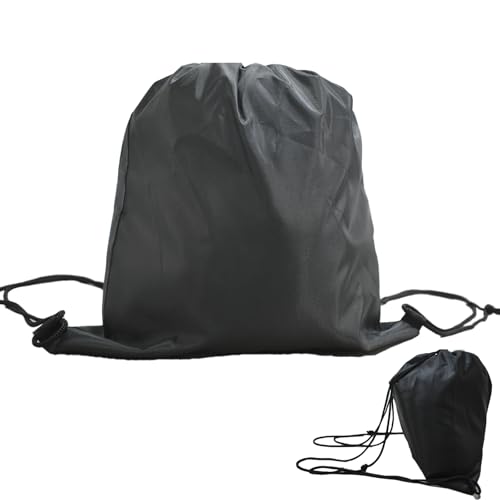johndaub
Well-known member
I started riding 17 years ago at a late age mainly to commute to work. This experience has gotten me good at street strategies such as anticipating the hazards (i.e., every cager) and avoiding them. However, the first few corners at EOM made me realize that I needed to immediately raise the level of my technique if I was to survive! Fortunately I was with a group on Saturday doing the Two-Up Endurance with a leader who promised to keep it sedate (THANK YOU!). I know many of the quicker groups commented on how slow this 20 bike group was going but, for us riders who have never seen a mountain road, it was important to keep us within our limits. The closest thing I have seen to these mountain roads were freeway ramps which do not have the visibility problems of these mountain roads. So what I decided on was to actually work on the techniques I was taught by the MSF but never really needed to apply. One bad habit I had was not fully leaning with the bike. Therefore, what I did to improve my likelihood of survival was:Interesting thread.
In the past, I've been content with doing more 'touring' than 'sport' riding.
EOM changed that. In the short time down there, I've discovered the 'sport' side of the FJR's personality and I like it!
I'm going to work on my techniques and skills with the hope of focusing on even more 'sport' riding. Only bummer is, there aren't many (hell - ANY) decent roads within an hour's ride from here. And NOTHING like the roads around Lewisburg.
Now if I could get some track time at Mid-Ohio....
1. Make sure I leaned with the bike (this really made a difference)
2. Make sure I look as far through the turn as possible (not look at the bike in front of me). Leaning with the bike meant not turning your head as I was used to but actually raising up my chin to see the exit to the corner.
3. Do not accelerate until I saw the exit to the turn.
4. Learn what to expect based on the recommended speed signs (fortunately, these were at every corner on the EOM-7 route).
5. Do not worry about the rider's entrance speed in front of you but go in with what you are comfortable with.
I learned that the FJR can do a lot more than I was getting out of it. I plan to work on my learnings from EOM to make them habit.































































